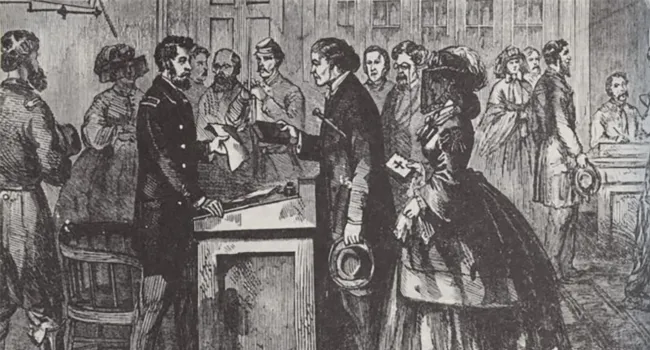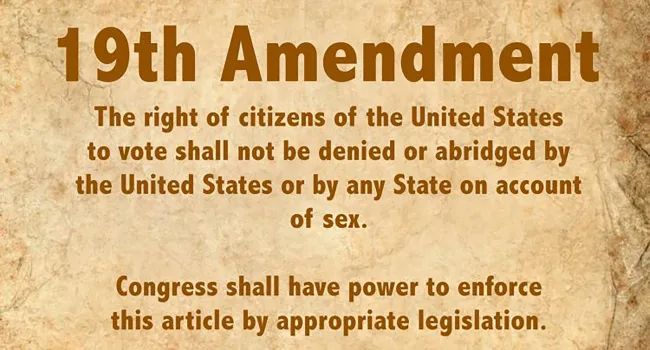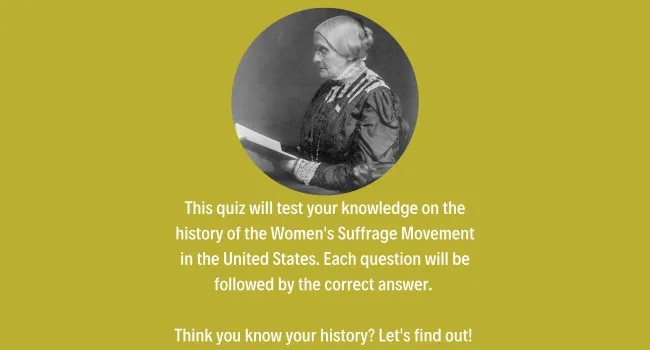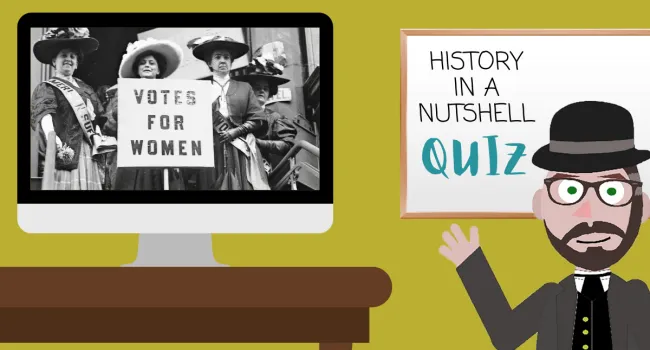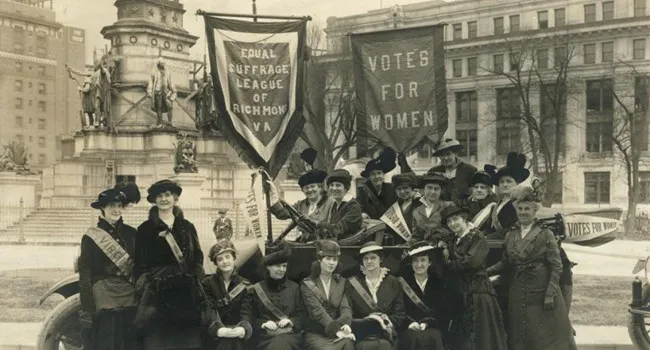The second generation of suffragists came to prominence alongside the "New Woman" movement in the early 1900's. The American Woman Suffrage Association and the National Woman Suffrage Association merged in 1890 to form the National American Woman Suffrage Association. Alice Paul formed the National Woman's Party in 1916, however, the NWP was viewed as more vocal and radical, compared to the NAWSA. When the U.S. entered World War I in 1917, suffragists felt they could use the war as an opportunity to show that women indeed deserved the right to vote. Women's service in The Great War, along with the suffering Alice Paul and her followers suffered, changed President Woodrow Wilson's stances on women's suffrage. After numerous attempts, the 19th Amendment finally became ratified on August 18, 1920. However the fight for full suffrage to include African Americans, who were widely excluded, raged on. It would not be until the Voting Rights Act of 1965 when all citizens, regardless of race or gender, could vote in U.S. elections.
Standards
- 5-3 The student will demonstrate an understanding of major domestic and foreign developments that contributed to the United States becoming a world power.
- 8-5 The student will understand the impact of Reconstruction, industrialization, and Progressivism on society and politics in South Carolina in the late nineteenth and early twentieth centuries.
- USHC-4 The student will demonstrate an understanding of the industrial development and the consequences of that development on society and politics during the second half of the nineteenth and the early twentieth centuries.
- 5.2.CX Contextualize the post-war economic climate on the cultural landscape throughout the United States and South Carolina.
- 5.2.E Evaluate multiple perspectives from the period, including the economic, political, and social impacts of World War I, the 1920s, the Great Depression, and the New Deal using primary and secondary sources.
- This indicator was developed to promote inquiry into how the lifestyles of those living in capitalist countries differed from those living in communist countries. This indicator was also designed to promote inquiry into how the rights of citizens differed in capitalist and communist countries.
- 5.4.E Analyze multiple perspectives on the economic, political, and social effects of the Cold War, Space Race, and Civil Rights Movement using primary and secondary sources.
- This indicator was developed to encourage inquiry into the significant causes of World War I and the factors leading to U.S. involvement. This indicator was also developed to promote inquiry into the effects of the war, to include its impact on the homefront, migration patterns, and continued foreign policy debates.
- 8.4.CE Explain the causes and effects of World War I on South Carolina and the United States.
- 8.4.CC Analyze continuities and change in the African American experience in the period of Reconstruction and Jim Crow eras within South Carolina.
- This indicator was designed to promote inquiry into military and economic policies during World War II, to include the significance of military bases in South Carolina. This indicator was also developed to foster inquiry into postwar economic developments and demographic changes, to include the immigration of Jewish refugees following the Holocaust.
- This indicator was developed to encourage inquiry into civic engagement, such as military service, public demonstrations, and political activism, to shape the identity of modern South Carolina. This indicator was also written to encourage inquiry into South Carolinians’ use of the court system and legislation to affect South Carolina’s post-World War II identity.
- 8.5.E Utilize a variety of primary and secondary sources to analyze multiple perspectives on the cultural changes in South Carolina and the U.S.
- USHC.3.CE Assess the causes and effects of significant turning points in the Populist and Progressive era from 1877–1924.
- USHC.4.CC Examine the continuity and changes on the U.S. homefront surrounding World War I and World War II.
- This indicator was developed to encourage inquiry into how different party platforms evolved following World War II. This indicator promotes inquiry into how the major parties came to represent different approaches to fiscal and political governance as well as social and judicial policies.


